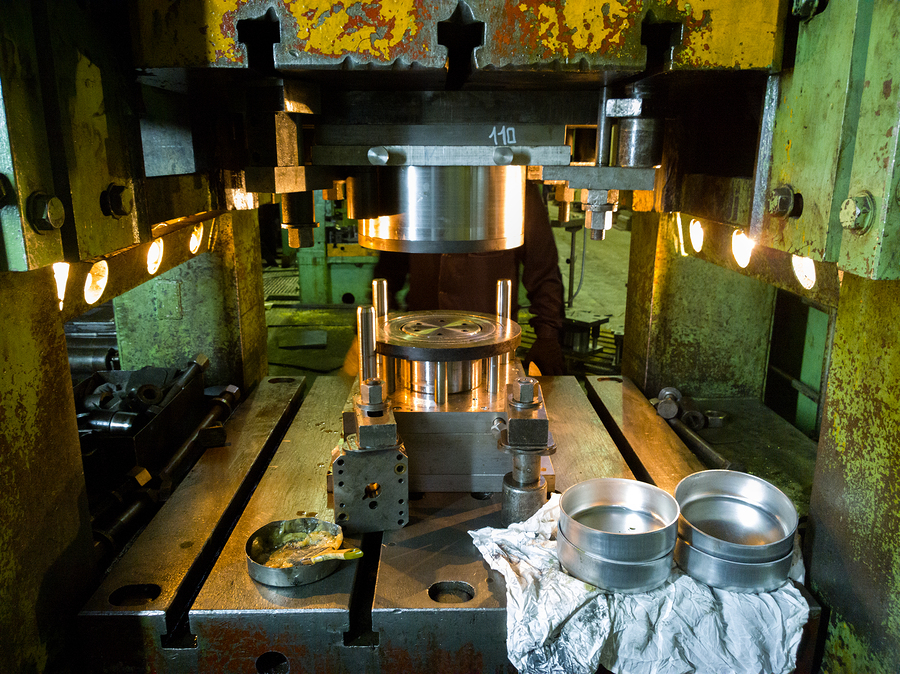Appearing over 50 years ago, the beginnings of low technology were quickly stifled by pressure groups, especially in the United States, before being reborn at the beginning of the 21st century, in response to the deteriorating economic and environmental situation. Before discussing its characteristics and making some illustrations, let’s see how this phenomenon is defined.
A phenomenon that looks to the past or the future?
Low technology is not an ancient technique using ancient materials or even archaic methods, as the Cambridge International Dictionary of English suggests. This negative and pessimistic vision, somewhat outdated, is tending to disappear from current thinking, gradually giving way to a more nuanced definition which incorporates a philosophical, environmental and social dimension. Very much future oriented, and not looking to the past, as its detractors like to think, low technology is a response to some of the excesses of our time, which are intimately linked to technological innovations, such as planned obsolescence and the consumer society. In this way low technology prefers preservation of the Earth’s wealth, reducing consumption of polluting energy and waste as well as waste from the outrageous exploitation of natural resources and rare materials.
Common sense serving wellness
Low technology, articulated around various aspects (social, economic and environmental), makes use of recycled, reused or natural materials, which respect the environment and are energy efficient. Manufacturing methods, meanwhile, are simple and inexpensive processes accessible to all, promoting local employment, artisanal work and active participation of individuals and communities, while aiming for quality of service and product as well as worker wellness. This philosophy knows no bounds and therefore applies to a wide range of industries. Old computers avoid public landfills by switching to low-tech operating systems, to the great satisfaction of poor countries. In the same vein, low-tech internet networks provide access to cyberspace in remote areas. In the architectural field, low-tech innovations are developing in great strides, as evidenced by houses built entirely of recycled materials or terracotta homes, also for temperate countries. Medicine, meanwhile, has to be ingenious to stop the waste of unusable state-of-the-art equipment in developing countries, given the lack of sufficient resources and reliable access to electricity. This is how the “paperfuge” arose, easily replacing – at 125,000 revolutions per minute – the expensive and energy-consuming centrifuge that separates the different components of blood, and doing it in only two minutes, with a more affordable investment (sheets of paper, pieces of wood, fishing line, miniature test tubes), all designed by Stanford engineers.
The current era suggests that low technology is expected to develop on all continents and in all spheres of the economy in the coming years. Let its detractors rest assured, this philosophy is not incompatible with new technologies, which could serve low technology by optimizing natural resources and relying on old manufacturing processes.
